Choosing between Southern Yellow Pine vs Douglas Fir can be a complicated task. The selection process directly influences the structural integrity, aesthetics, and durability of a project.
- Physical characteristics
- Southern yellow pine
- Douglas Fir
- Strength and durability
- Southern yellow pine
- Douglas Fir
- Common applications
- Southern yellow pine
- Douglas Fir
- Environmental considerations
- Sustainability of Southern Yellow Pine
- Sustainability of Douglas Fir
- Cost factors
- Southern Yellow Pine
- Douglas Fir
- Conclusion
- FAQ
- Which is better pine or Douglas fir?
- Is yellow pine the same as fir?
- Is pine as strong as Douglas fir?
- Is southern yellow pine good lumber?
- Is Hem Fir stronger than Douglas Fir?
- Is Eastern White Pine cheaper than Ponderosa Pine?
Physical characteristics
Wood selection for construction and woodworking involves a nuanced understanding of the physical attributes inherent in each species.
Southern yellow pine
Color and grain lines: Southern Yellow Pine (longleaf pine, loblolly pine, and shortleaf pine) exhibits a warm, deep amber color that adds a natural richness to finished products.
The pattern is prominent and varies from straight to wavy, contributing to its visual appeal. The combination of color and grain makes SYP a sought-after choice for projects where aesthetics play a crucial role.
Density and hardness: SYP is recognized for its moderate to high density, providing a sturdy foundation for structural applications.
Its hardness falls within a range that balances workability with durability, making it suitable for a wide array of woodworking projects. This density contributes to its resilience and ability to withstand the rigors of construction.
Knots and other features: knots are a common feature in SYP, adding character to the wood. While they can affect the wood’s appearance, they often do not compromise its structural integrity.
Additionally, SYP may exhibit resin canals, which can impact its workability but are generally manageable with proper woodworking techniques.

Douglas Fir
Color and grain lines: Douglas Fir boasts a light to medium reddish-brown color that imparts a warm and inviting look. Its vertical grain contributes to a more uniform appearance.
Beautiful straight grain lines of mature trees make Douglas Fir an excellent choice when a more streamlined and cohesive aesthetic is desired in construction and woodworking projects.
Density and hardness: known for its high strength-to-weight ratio, Douglas Fir possesses a combination of moderate density and impressive hardness. This makes this wood species an ideal candidate for load-bearing elements in construction.
The wood’s hardness ensures durability while still allowing for ease of cutting and shaping during the woodworking process.
Knots and other features: Douglas Fir can exhibit knots of various sizes, adding a rustic charm to the wood. These knots, when well-distributed, often enhance the visual appeal without compromising structural durability.
Additionally, Douglas Fir may display growth rings, contributing to its natural beauty and indicating its age and quality.
Strength and durability
The strength and weather resistance of wood are paramount considerations in construction and woodworking.
Southern yellow pine
Strength properties: SYP is renowned for its excellent strength properties. Its high density contributes to a robust material, making it well-suited for load-bearing structures in construction.
SYP’s strength is particularly advantageous in applications where structural durability is critical, such as framing and support elements.
Resistance to weather conditions and insects: while SYP is not naturally as resistant to decay and insects as some hardwoods, it can still exhibit a moderate level of resistance.
Proper treatment, such as pressure treatment with preservatives, can significantly enhance its durability by preventing decay and deterring insect infestations. This makes SYP a viable option for outdoor projects and applications in humid environments.
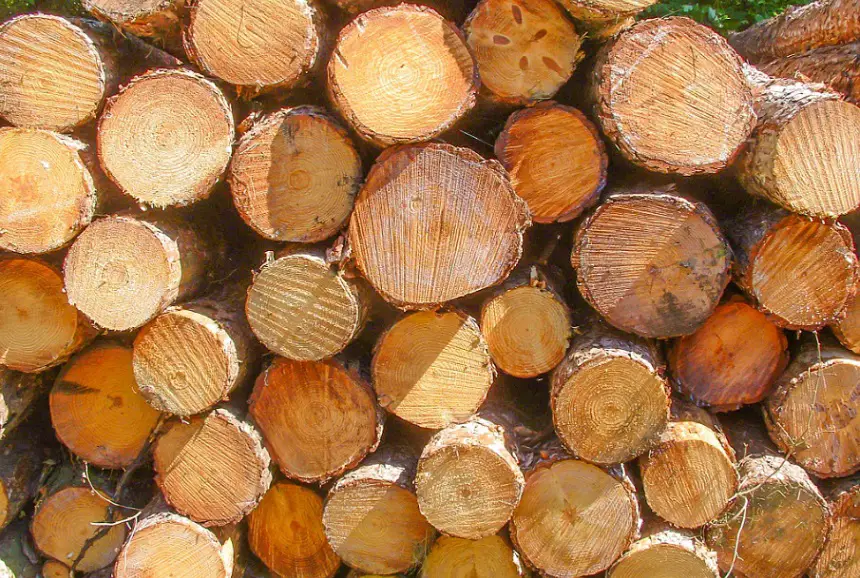
Douglas Fir
Strength properties: Doug Fir stands out for its exceptional strength-to-weight ratio. It possesses impressive tensile and compressive strength similar to Western Hemlock, making it a preferred choice for structural components like beams and columns.
Its reliable strength properties contribute to its widespread use in demanding construction applications.
Resistance to weather conditions and insects: Douglas Fir exhibits a natural weather resistance as well as resistance to decay, adding to its longevity in various environments.
Additionally, the resin content of Douglas Fir acts as a deterrent to many insects, providing inherent protection against infestations. This natural resistance contributes to the wood’s durability, especially in outdoor and high-moisture settings.
When comparing the two wood types, both kinds of wood offer commendable strength for structural applications. However, the choice between them may depend on specific project requirements. SYP, with its robust strength, is often favored for its cost-effectiveness and workability.
On the other hand, Douglas Fir’s natural resistance to decay and insects, coupled with its impressive strength-to-weight ratio, positions it as an excellent choice for projects demanding longevity and structural reliability.
Overall, understanding the nuanced strength and durability attributes of the two wood types allows for informed decision-making, ensuring the selected wood aligns with the unique demands of a given construction or woodworking project.

Common applications
Selecting the right wood for a project involves considering its suitability for common applications in both construction and woodworking.
Southern yellow pine
Construction uses: SYP finds extensive use in construction, particularly in framing and structural components. Its high strength makes it a reliable choice for load-bearing elements such as beams, joists, and rafters.
Additionally, its dimensional stability and cost-effectiveness contribute to its popularity in residential and commercial construction projects.
Woodworking and carpentry applications: in woodworking and carpentry, SYP is valued for its workability and versatility. It is commonly used in crafting furniture, cabinetry, and interior finishes.
The distinct grain pattern and warm color of SYP add aesthetic appeal to a range of woodworking projects, making it a favored choice for both functional and decorative applications.
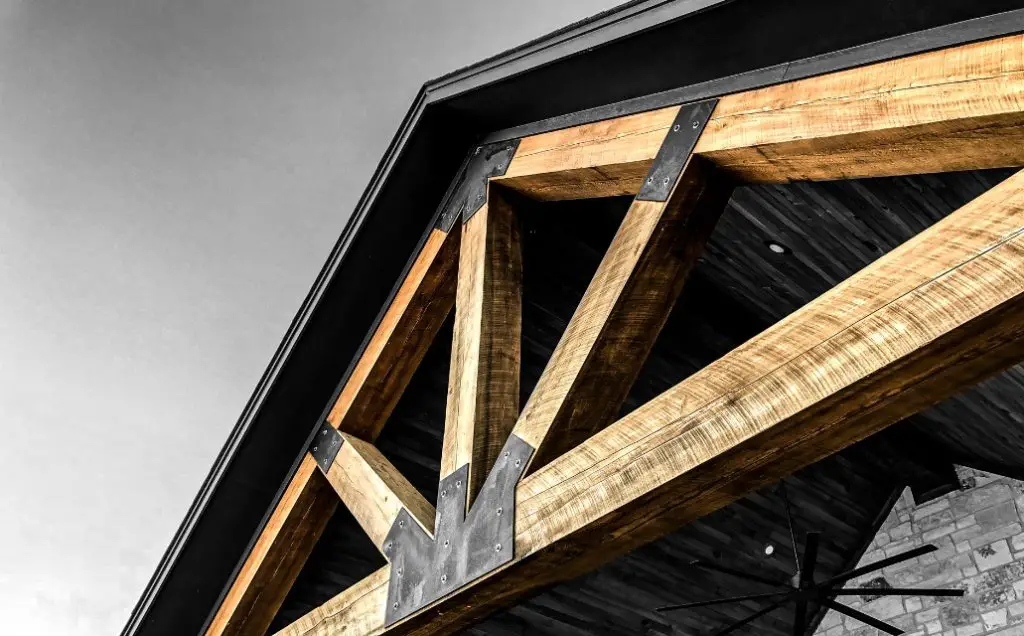
Douglas Fir
Construction uses: Douglas Fir is a preferred wood for a variety of construction applications, especially where high strength is crucial. Its excellent strength-to-weight ratio makes Douglas Fir suitable for structural elements like beams, columns, and trusses.
Douglas Fir’s reliability in handling heavy loads has established its presence in residential, commercial, and industrial construction projects.
Woodworking and carpentry applications: in the realm of woodworking, Douglas Fir is sought after for creating durable and aesthetically pleasing pieces. Its straight grain and consistent texture make it well-suited for crafting furniture, cabinets, and millwork.
The wood’s natural beauty, coupled with its workability, allows woodworkers to achieve refined finishes in their projects.
The choice between the two wood types often hinges on the specific requirements of a project. Southern Yellow Pine excels in cost-effective and versatile construction applications, providing robust support in framing and structural elements.
On the other hand, Douglas Fir’s superior strength-to-weight ratio and natural resistance to decay position it as an ideal choice for projects demanding longevity and structural reliability.
In summary, while both Douglas Fir and SYP find common ground in construction and woodworking (including being used as construction lumber or for outdoor furniture), their unique strengths make the wood types particularly suited to different applications.
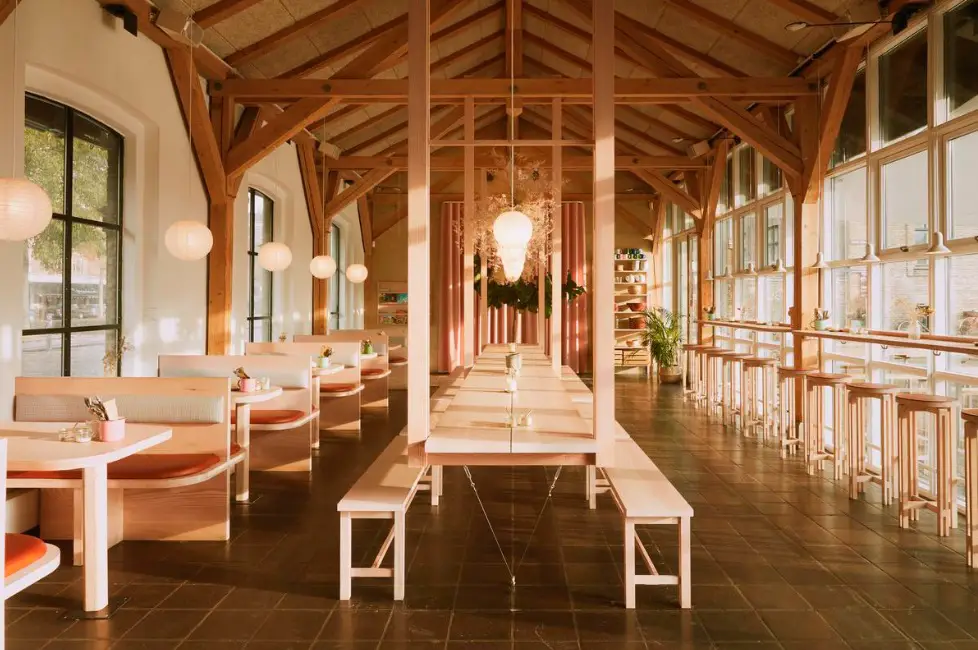
Environmental considerations
As environmental consciousness grows, the sustainability of wood sources becomes a crucial aspect of decision-making in construction and woodworking.
Sustainability of Southern Yellow Pine
Southern Yellow Pine is generally considered a sustainable choice. Many SYP species are abundant and harvested from managed forests, ensuring a renewable supply. Responsible forestry practices, such as replanting and sustainable harvesting, contribute to the long-term viability of SYP as a wood resource.
Additionally, the relatively fast growth of many SYP species supports its sustainability as a readily available material.
Sustainability of Douglas Fir
Doug Fir is known for its sustainable qualities. It is often sourced from well-managed forests where harvesting is carefully controlled to maintain ecological balance. But the slow growth of Douglas Fir reduces its sustainability, as it requires better resource management and the preservation of forest ecosystems.
Certification programs, such as those provided by organizations like the Forest Stewardship Council (FSC), further ensure that Douglas Fir is harvested in an environmentally responsible manner.
When comparing the environmental impact of both Douglas Fir and Southern Yellow Pine, both wood types can be sustainable choices when harvested responsibly.
However, regional factors, logging practices, and certification standards play a crucial role in determining the overall environmental impact. It is essential to consider the source of the wood, adherence to sustainable forestry practices, and certifications that validate responsible harvesting.
In certain regions, pine trees may have a shorter time to maturity, making them a relatively quick and renewable resource. On the other hand, the Douglas Fir’s slower growth contributes to its durability but requires careful management to ensure sustainable harvesting.
The environmental considerations should extend beyond the harvesting phase and include transportation. Locally sourced wood, irrespective of the species, often has a lower carbon footprint, minimizing the environmental impact associated with transportation.
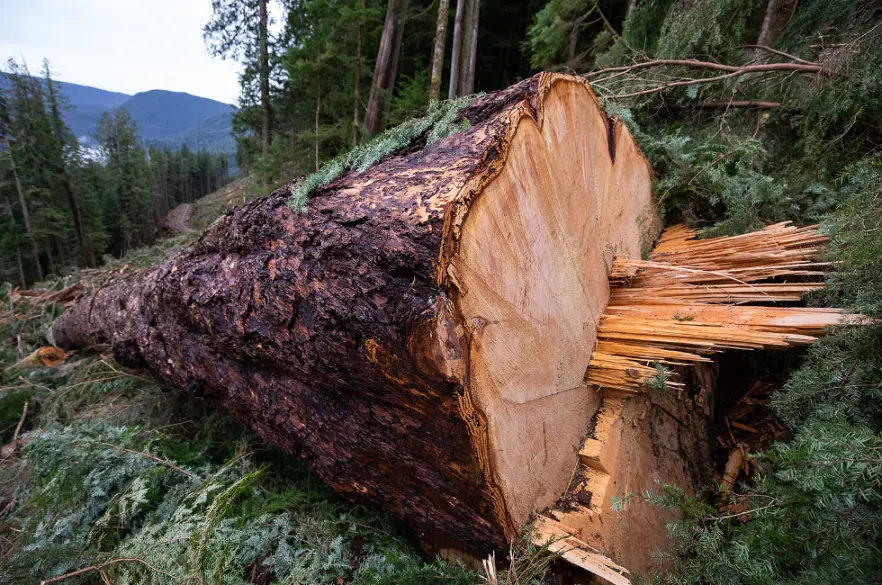
Cost factors
The financial aspect is a significant consideration in choosing wood for construction and furniture making.
Southern Yellow Pine
Pine lumber is often lauded for its cost-effectiveness. Several factors contribute to its affordability, including the relatively fast growth of many SYP species, making them cheaper per board foot.
The abundance of pine trees in the southeastern United States, where they are primarily harvested, contributes to lower transportation costs in those regions. Additionally, the wood’s workability reduces labor costs during construction and woodworking processes.
Douglas Fir
Douglas Fir, while generally considered a higher-end wood, offers excellent value for its cost. Factors influencing its pricing include the slower growth of Douglas Fir trees, which contributes to a denser and more durable wood.
Transportation costs may vary depending on the region, as Douglas Fir is predominantly sourced from the western United States. The wood’s superior strength-to-weight ratio and natural resistance to decay also contribute to its pricing.
When comparing the cost-effectiveness of fir and pine lumber, project requirements and specific applications play a crucial role in decision-making.
Southern Yellow Pine’s affordability and versatility make it an excellent choice for budget-conscious projects where its characteristics align with structural and aesthetic needs. Its cost-effectiveness is particularly evident in framing, decking, and general construction applications.
Douglas Fir, with its higher upfront cost, may offer greater value in projects that demand exceptional strength, durability, and a refined aesthetic. The wood’s longevity and natural resistance to decay can result in long-term cost savings, especially in outdoor and high-stress applications.
Ultimately, the cost-effectiveness comparison depends on the project’s priorities. For those focused on immediate budget considerations and versatility, Southern Yellow Pine may be the preferred choice. For projects with a higher budget that prioritize long-term durability and strength, Douglas Fir’s upfront investment may be justified.

Conclusion
Ultimately, the optimal choice depends on the specific requirements of the project, considering factors such as budget constraints, aesthetic preferences, environmental considerations, and the intended application (for construction or outdoor furniture, for example).
FAQ
Which is better pine or Douglas fir?
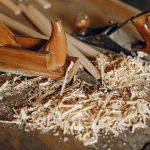
Pine, including Southern Yellow Pine, is cost-effective and versatile. Douglas Fir is a pretty strong wood and offers superior durability, making it ideal for certain applications, including outdoor furniture and wooden boatbuilding.
Is yellow pine the same as fir?
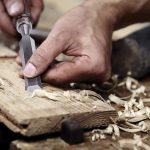
No, they are different wood species. Southern Yellow Pine refers to a group of pine species, while Douglas Fir is a distinct coniferous tree.
Is pine as strong as Douglas fir?
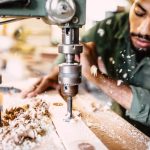
Southern Yellow Pine vs Douglas Fir: which one is stronger? Douglas Fir is stronger than most pine wood species, including Southern Yellow Pine, White Pine, Sugar Pine, and Spruce Pine. Fir tends to be more durable and rot-resistant.
Is southern yellow pine good lumber?
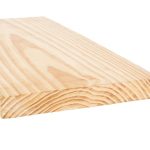
Yes, Southern Yellow Pine is considered good lumber due to its strength, versatility, and cost-effectiveness. It is commonly used in various construction and woodworking projects.
Is Hem Fir stronger than Douglas Fir?

Douglas Fir is known for its exceptional strength-to-weight ratio and is often considered stronger than Hem-Fir.
Is Eastern White Pine cheaper than Ponderosa Pine?
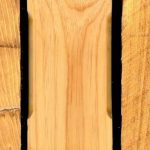
The pricing of Eastern White Pine compared to Ponderosa Pine can vary based on factors such as location, availability, and market conditions. Generally, though, White Pine is often considered a more affordable option.


![Sapele vs. walnut wood [5 main differences] Sapele Vs. Walnut Wood: Top 5 Differences & Best Guide](https://bestwoodforcarving.com/wp-content/uploads/2024/01/wood-53-335x220.jpg)
![Mango wood furniture pros and cons [9 tips] Mango wood furniture pros and cons + 9 tips before you buy](https://bestwoodforcarving.com/wp-content/uploads/2024/01/wood-51-335x220.jpg)
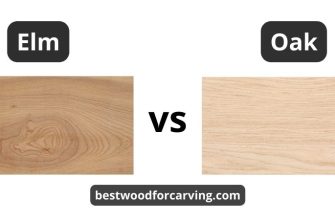
![Which advantages and disadvantages of hickory wood? [8 factors] Top 8 Disadvantages Of Hickory Wood: Best Helpful Guide](https://bestwoodforcarving.com/wp-content/uploads/2024/01/wood-38-335x220.jpg)
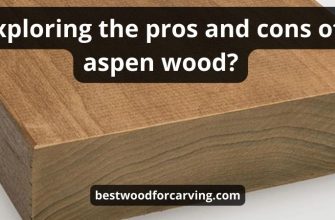
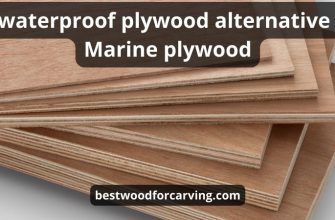
![How Long Do Wood Pellets Last? [6 Essential Insights Unveiled] How long do wood pellets last](https://bestwoodforcarving.com/wp-content/uploads/2023/12/How-Long-Do-Wood-Pellets-Last-6-Essential-Insights-Unveiled-2-335x220.jpg)
![Tung oil vs polyurethane [4 main comparison factors] Tung Oil Vs Polyurethane: Top 4 Factors & Best Helpful Guide](https://bestwoodforcarving.com/wp-content/uploads/2023/12/wood-14-335x220.jpg)
![Is tung oil flammable? [7 Preventive measures] Is Tung Oil Flammable: Top 7 Safe Tips & Best Guide](https://bestwoodforcarving.com/wp-content/uploads/2023/12/What-is-a-Wood-Planer-3-335x220.jpg)